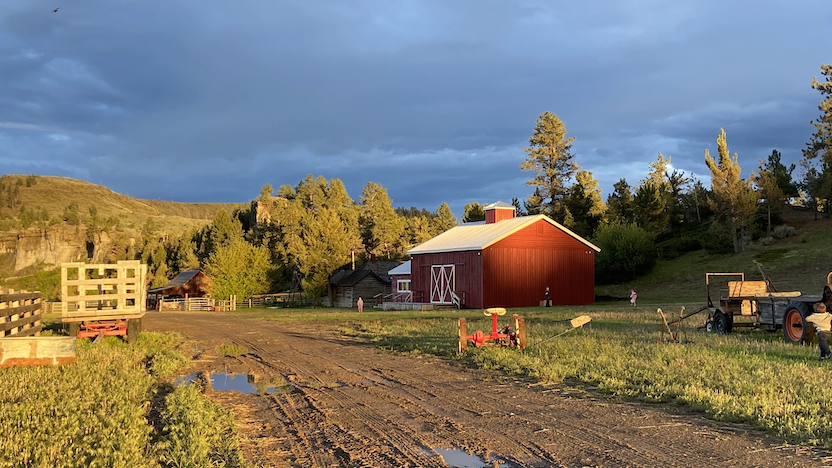[ad_1]
Many plans and ideas for a farm building will depend heavily on the specific purpose you need the building. For example, you may be building the structure as a business investment, or you own a large enough agricultural area that needs shelters from the elements.
Many farmers see their farm buildings as a form of security, knowing their animals, crops, and tools are protected from the elements and other potential dangers.
It’s, therefore, important to understand not only your particular needs for requiring a farm building, but also the different types of farm structures you may have to build.
Types of Farm Buildings
Here are some tips and basics for planning common types of farm building:
1. Farm Buildings for Animal Shelter

If you are raising animals, such as livestock or poultry, you need an area where they will live, their waste can be contained and kept separate. This is essential for the animals’ and people’s health and well-being.
Farm buildings are an excellent solution for that to use as animal shelters. Animal shelters can be so designed that they are open or enclosed, depending on your needs.
Open barns, for example, are typically used for cattle, horses, sheep, and goats with no walls or tiny walls. These structures have either a sloped roof with no eaves overhanging the walls or a gabled roof with eaves that allow more wasted space.
On the other hand, barns designed with open sides and some part of enclosed walls on four sides are usually used for farm animals like pigs and chickens.
2. Farm Buildings for Protection from the Elements

A farm building that can be used as a shelter from rain, snow, wind, and other elements can have several different designs. The farm building designs are chosen depending on the weather in question and your specific needs and desires.
Huge farm buildings with long roofs are sometimes called “gambrel-roofed” barns. They usually have both a gabled roof and a gambrel roof.
A gambrel has two sides, but it slopes down from its peak at a steeper angle than a typical roof. Gambrel roofed farm buildings can be used for animal shelters as well as storage areas, such as for hay.
3. Farm Buildings for Storage
The global agriculture equipment market is massive—expected to reach a whopping $166,491.6 million by 2027. If you have a lot of farm tools and equipment, it’s best to choose a farm structure that can house them all securely in an enclosed area.
Equipment assists in various agricultural and livestock operations to obtain high productivity with minimum effort and time. When developing your plan for a storage building for your equipment, also consider the climate in which the farm building itself and equipment stored in it will be used. This is vital for easy access to the equipment despite weather conditions.
In some cases, an open-sided barn may work just fine for you, depending on the type of equipment and weather conditions you have. For example, if you live in an area that doesn’t rain often and your equipment are resistant to the elements, an enclosed building may not always be necessary.
The size of the storage building will depend on the types and how much equipment and tools you have to store within the farm building, among other factors.
Factors to Consider when Building the Farm Structure

When it comes to the actual construction of your farm building or structure, other key factors to keep in mind include:
i. Topography
ii. Soil type
iii. Accessibility
iv. Water supply
v. Drainage
vi. Odours/Health/Hygiene, and
vii. Budget for the project.
If the farm building will be the living quarters for the family or farm mangers, it should ideally be located on the highest elevation to provide good view of the farm.
Moreover, if the farm building is located in an area where the weather is ever-changing, you can proactively reinforce the structure as necessary. For example, you can add more insulation to your walls, double-pane glass windows, or solar panels to heat your building during the colder months.
Remember to adapt and update your farm building plans continuously to meet your needs as your farm or livestock business grows. Make changes promptly to maintain and keep your farm buildings in top shape as time and budget allow.
[ad_2]
Source link
